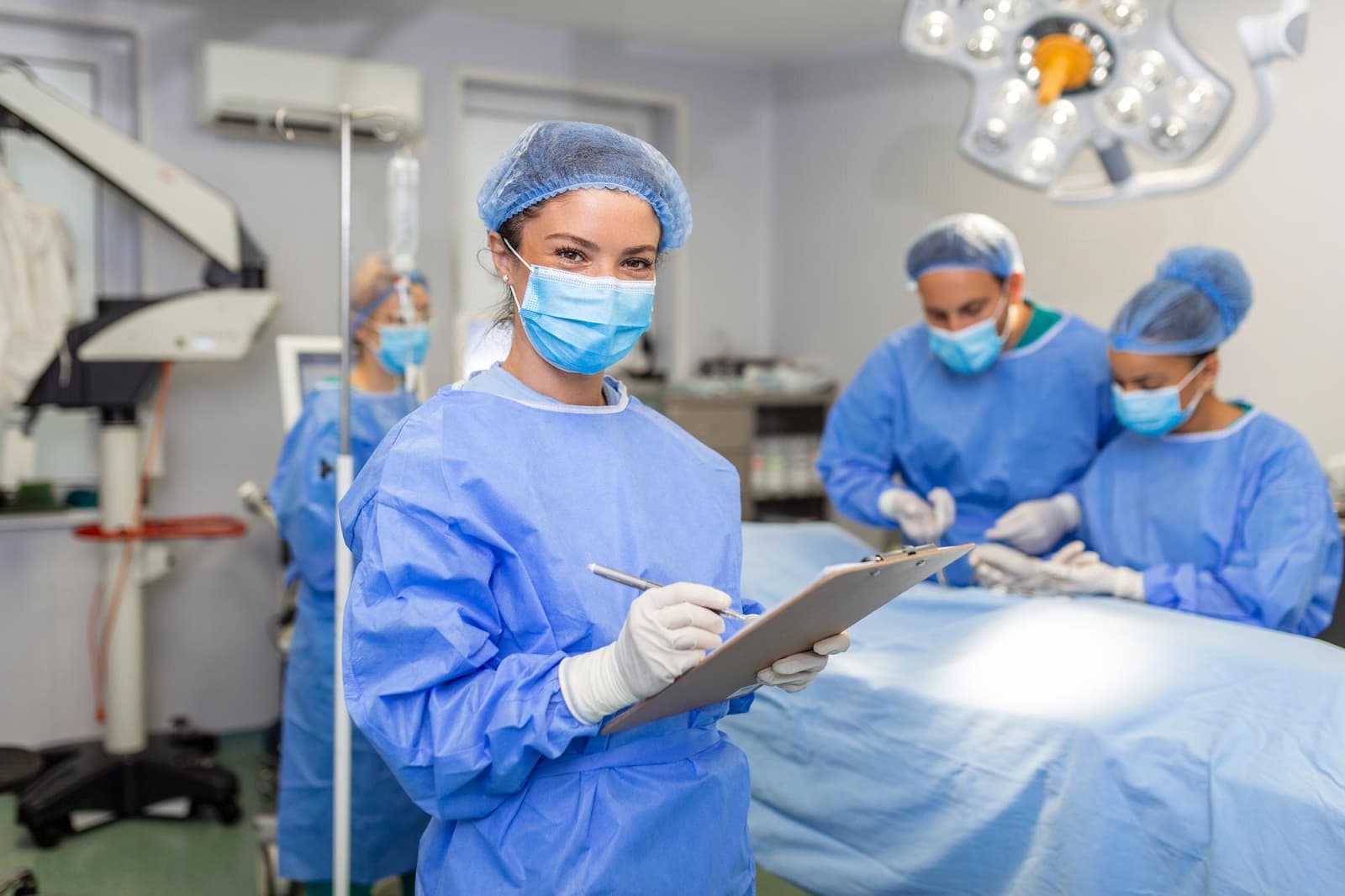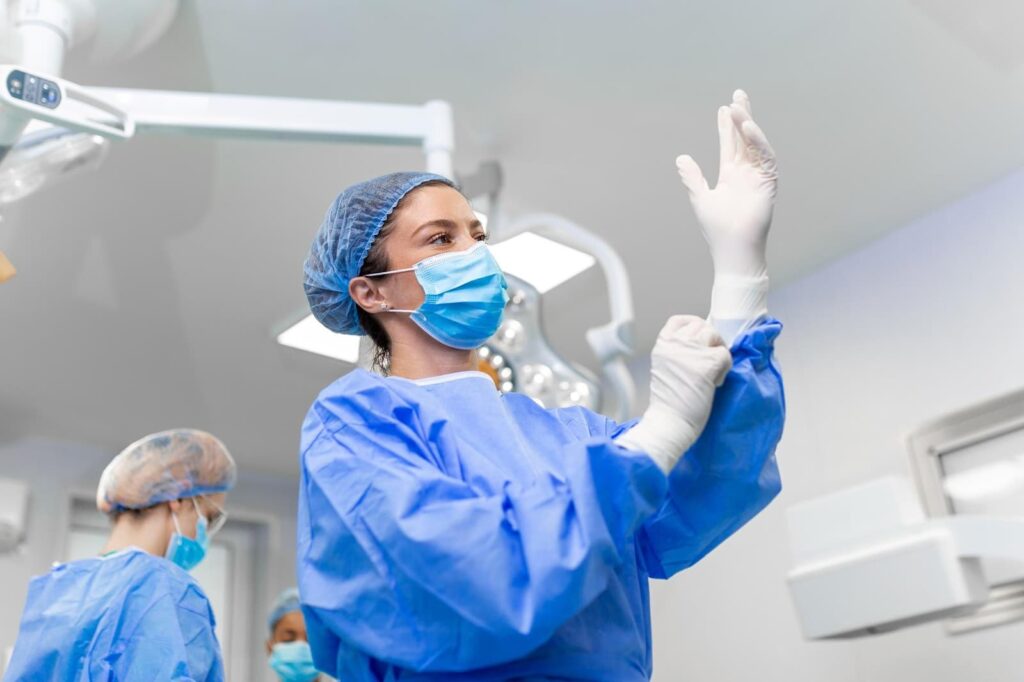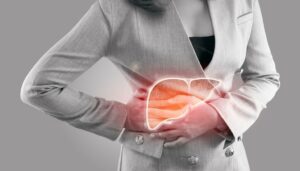
Dos and Don’ts After Laparoscopy: A Comprehensive Guide
After undergoing laparoscopy surgery, it is crucial to follow specific guidelines to ensure a smooth recovery process. The dos and don’ts after laparoscopy play a significant role in promoting healing and reducing the risk of complications.
Laparoscopy: What is it?
Laparoscopy, also known as minimally invasive surgery, is a diagnostic procedure used to examine the abdominal and reproductive organs internally. It involves making small incisions through which a laparoscope, a thin tube with a camera attached, is inserted to visualize the organs. Additionally, tissue samples may be collected for further testing during the procedure.
Benefits of Laparoscopy
- Minimally Invasive: Compared to traditional open surgery, laparoscopy involves smaller incisions, leading to reduced pain and faster recovery;
- Shorter Hospital Stay: Patients undergoing laparoscopy typically experience shorter hospital stays and quicker return to normal activities;
- Lower Risk of Complications: The minimally invasive nature of laparoscopy results in lower risks of infection and other post-operative complications.

What are the Do’s & Don’ts After Laparoscopy?
Do dispel any doubts
After laparoscopy, it is common to have questions or concerns about the recovery process. It is essential to address any doubts by consulting your healthcare provider. Clear communication with your doctor can help alleviate anxiety and ensure that you are following the appropriate post-operative care instructions.
Tips for Effective Communication:
- Write down any questions or concerns you have before your follow-up appointments;
- Be honest about any symptoms or discomfort you are experiencing;
- Follow up with your healthcare provider if you have any unexpected issues or changes in your condition.
Don’t lift unless you’ve been told it’s ok
One of the crucial aspects of post-laparoscopy care is avoiding heavy lifting during the initial recovery period. Lifting heavy objects can strain the abdominal muscles and incision sites, leading to complications such as hernias or wound dehiscence. It is important to wait until your healthcare provider gives you the green light to resume lifting heavy objects.
Guidelines for Lifting Restrictions:
- Avoid lifting objects weighing more than 10-15 pounds for the first few weeks after surgery;
- Use proper lifting techniques, such as bending at the knees and keeping your back straight, once you are cleared to lift heavier objects;
- Gradually increase the weight of objects you lift based on your comfort level and guidance from your healthcare provider.
Do include the essentials
When preparing for your laparoscopy surgery, it is essential to pack a bag with all the necessary items you may need during your hospital stay and recovery period. Having essential items readily available can help make your recovery more comfortable and convenient.
Essential Items Checklist:
- Comfortable clothing and footwear;
- Toiletries and personal hygiene products;
- Medications prescribed by your doctor;
- Snacks and beverages for immediate post-operative consumption;
- Entertainment items such as books, magazines, or electronic devices.
Don’t smoke
Smoking can have detrimental effects on the healing process after surgery, including delayed wound healing, increased risk of infections, and respiratory complications. It is crucial to refrain from smoking before and after laparoscopy to promote optimal healing and reduce the risk of post-operative complications.
Benefits of Smoking Cessation:
- Improved circulation and oxygen delivery to tissues;
- Reduced risk of surgical site infections;
- Faster healing and recovery following surgery.
Do bowel preparation
Bowel preparation is often required before laparoscopy to ensure clear visualization of the abdominal organs during the procedure. Following bowel preparation instructions provided by your healthcare provider is essential to achieve optimal results and minimize the risk of complications during surgery.
Bowel Preparation Steps:
- Follow a clear liquid diet as instructed by your healthcare provider;
- Take any prescribed laxatives or bowel-cleansing solutions to empty your bowels thoroughly;
- Stay hydrated by drinking plenty of fluids to prevent dehydration during bowel preparation.
Don’t overthink it
While it is natural to feel anxious or overwhelmed before undergoing laparoscopy, it is essential to avoid overthinking the procedure and its potential outcomes. Overthinking can lead to increased stress and anxiety, which may negatively impact your recovery process.
Strategies to Manage Preoperative Anxiety:
- Practice relaxation techniques such as deep breathing or meditation;
- Engage in distracting activities to take your mind off the upcoming surgery;
- Seek support from friends, family, or a mental health professional to address any preoperative concerns.
Do take painkillers as prescribed
Pain management is a crucial aspect of post-operative care after laparoscopy. Your healthcare provider may prescribe painkillers to help alleviate discomfort and promote a smoother recovery process. It is important to take pain medications as directed to control pain effectively and enhance your overall comfort during the healing phase.
Pain Management Tips:
- Follow the prescribed dosage and frequency of pain medications;
- Use additional pain relief measures such as ice packs or heating pads as recommended;
- Contact your healthcare provider if you experience persistent or severe pain that is not relieved by prescribed medications.
Conclusion
In conclusion, adhering to the do’s and don’ts after laparoscopy is essential for promoting optimal healing and minimizing the risk of complications. By following these guidelines, patients can facilitate a smoother recovery process and achieve better outcomes after undergoing laparoscopic surgery. Effective communication with healthcare providers, adherence to lifting restrictions, inclusion of essential items, smoking cessation, bowel preparation, managing preoperative anxiety, and proper pain management are key components of post-laparoscopy care. Remember that each individual’s recovery experience may vary, so it is important to consult your healthcare provider for personalized guidance throughout the recovery process.

